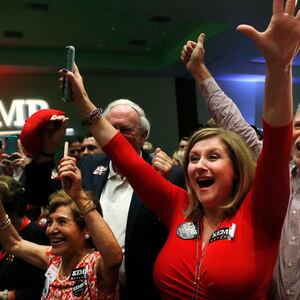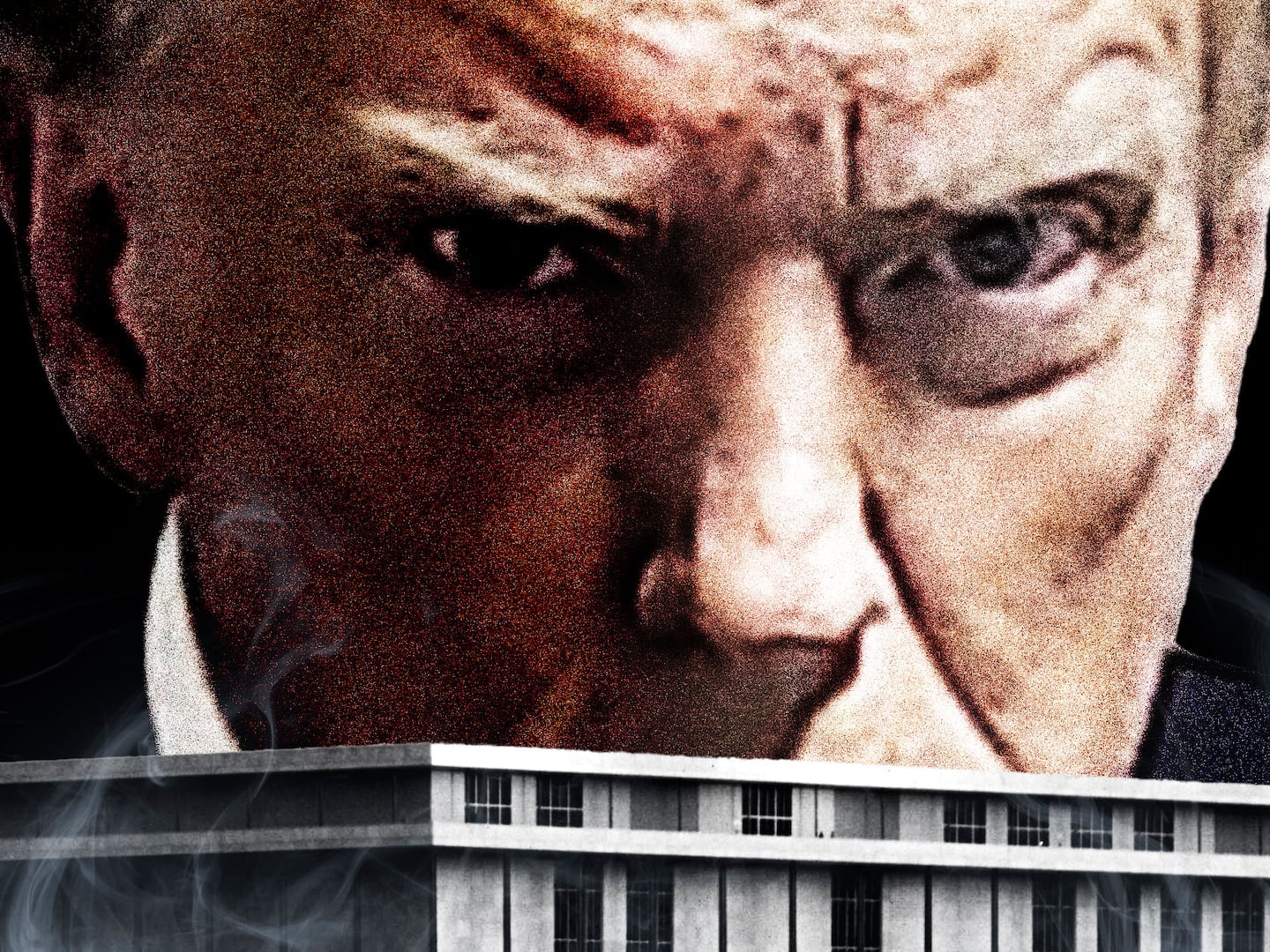Boys will be boys.
We expect them to rough-house, crash their father’s Volvo, have one too many beers and get caught pissing outside at least once in their lives. As a society, we have come to accept the skirt-chasing, even when that “skirt” is not interested. Male aggression is all too often embraced and rewarded as crassness and hyper-masculinity remain, unfortunately, a celebrated trait in some quarters, allowing men and boys a time-honored, unearned discount—a point of privilege that allows them to evade responsibility for minor and sometimes even egregious acts of wrongdoing.
Except that old “rule” does not apply to all boys and men.
As dozens of mostly white teenage boys from Covington Catholic High School, in Kentucky, in Washington for March for Life rally, surrounded a Native American man near the Lincoln Memorial Saturday, Nathan Phillips did not move. Whether out of fear, courage or both, the 64-year-old indigenous man, kept drumming and singing. For the boys, many of them including the one smirking just inches from his face sporting “Make America Great Again” caps, terrorizing and mocking an old and presumably weak man appeared to be sport. They were gleeful, chanting and jumping, as if celebrating some great triumph of their boyhood and their skin.
If not for the viral cell phone footage, they would have gotten away with it.
They still might, even as Catholic institutions, leaders and scholars from metropolitan Cincinnati began issuing statements of rebuke, and the local diocese promised a full investigation.
As I saw images of the scene Saturday, I was struck by the notion that had it been my son—my black son— with a group of black and brown boys swarming, intimidating and taunting an elderly white man, the story would have been very different.
They would have been immediately labelled thugs and, had he been white, Phillips would have been immediately identified as more than an activist there for some native cause. He would have been described as somebody’s father and grandfather, somebody’s neighbor and friend.
In all likelihood, my son would have been arrested, jailed or worse. The summary investigation would have been over, decided, even before it started. At the very least, my son would have been expelled before the sun went down—and nothing I saw in the fuller video of the incident on Sunday changed that notion.
Of this I am sure: He would not have come home, if at all, the same way he left.
One presumably well-intentioned voice, that of Washington Post national correspondent Karen Tumulty, suggested the wayward teenagers be sent to volunteer on a reservation where she suggested, a weekend or two of service might do them some good. MSNBC’s Joe Scarborough wanted to know, “Where are their parents, where are their teachers, where are their pastors?”
I have a better question: Where were the police?
“It never ceases to amaze me at how willing we are write off the transgressions of young white boys as youthful indiscretions,” I tweeted Saturday, “all the while remanding black and brown boys to prison in record numbers.”
When a 12-year-old is shot by a police officer in a public park, when a swimsuit-clad teenage girl is slammed to the ground by a cop for joining a neighborhood party with little no criminal consequence, I have questions. I am wondering why your kids get a weekend at mission camp, or “helping” the people they mocked, while mine go to jail.
Do not mistake me. I am not wishing the terror of police brutality on anyone—let alone a child. I do want a single rule of law under which every human being must live, a single standard of justice to which we have equal access. If that had been my son jeering and terrorizing a peaceful old man, I see him cuffed, face down, with an officer’s boot in his back and praying for his life.
However, when it comes to justice, race, gender and wealth are all too often the deciding factors. If those high school boys had been black and hailed for Over-the-Rhine—a predominantly black neighborhood just across the Ohio River from Covington, KY in Cincinnati, OH, the outcome would almost surely have been different.
Over-the-Rhine was once deemed one the nation’s “most dangerous” neighborhoods. Heralded as an architectural treasure, gentrification has now taken root and many of its long-time residents can no longer after to live there. Almost no one talks about the three day riot riot sparked in 2001, after an officer killed an unarmed black man—or about the economic boycott, federal intervention and usual promises to improve relations police-community relations that followed.
The black-white line is stark in Cincinnati. And, ironically enough, Procter & Gamble— maker of Gillette razors—is headquartered downtown and is a major funder of the Underground Railroad Museum. Cincinnati, you see, was one of the most important stops for fugitive slaves. Thousands risked and some lost their lives traversing the 1.7 miles from Covington to Cincinnati. My children and I relocated to the area some years ago when I took a senior executive position with a global food company. We lived in Blue Ashe, a predominantly white suburb. The racial divide was clear, and so was the animus toward us. Within weeks, my children were begging to return home to Atlanta.
“You cannot do what they do,” I counseled my then middle school-aged son. “The rules are different for you.”
The Covington Catholic boys figured they could get away with taunting an indigenous man. Why wouldn’t they? Almost certainly, none of them have known a day when they needed to fear police officers. They know—even if they may not yet fully know that it is as a consequence of their race and gender—that the standard is different for them.
For black boys (and girls) the system is something to be feared. Even being suspected of flouting those confines can be a dangerous proposition. But the Covington boys knew better. That one boy’s smirk so enraged people across social media because we recognized the expression that’s been directed at each of us, more than once.
It seemed to say a great deal about the boy, who may grow and learn from this. It said even more about the community that birthed him.








